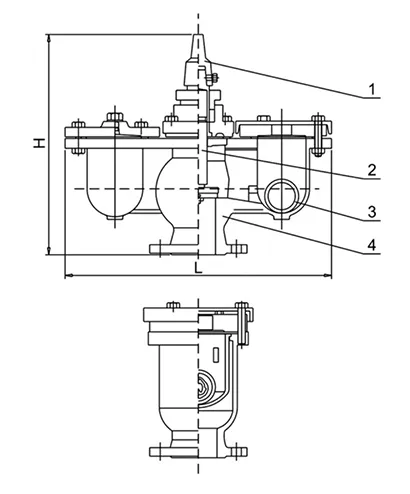nov . 12, 2024 07:41 Back to list
wire cable
Understanding Wire Cables Structure, Types, and Applications
Wire cables, an essential component of modern infrastructure and technology, play a pivotal role in various industries, including telecommunications, construction, and electrical systems. These cables, composed of multiple strands of wire, are designed to transmit electrical power and signals over considerable distances, making them critical to the functionality of a multitude of devices and systems.
Structure of Wire Cables
At its core, a wire cable consists of individual conductive wires that are usually made from metals like copper or aluminum, known for their excellent conductivity. The construction of wire cables can vary significantly depending on their intended use. Typically, a wire cable comprises several components
1. Conductors These are the primary elements that carry electrical current. The number of conductors in a cable can vary; for instance, a simple two-wire cable is often used for basic electrical applications, while more complex cables may contain dozens of conductors bundled together.
2. Insulation Each conductor is insulated with materials such as PVC (Polyvinyl Chloride) or XLPE (Cross-Linked Polyethylene) to prevent electrical shorts and protect against environmental factors. Proper insulation is crucial for safety and efficiency, as it helps to reduce energy loss and protects against external hazards.
3. Shielding In many advanced wire cables, particularly those used for data transmission, shielding is applied around the insulation to reduce electromagnetic interference (EMI). Shielding materials might include aluminum foil or braided copper, which not only protect signals from external noise but also minimize crosstalk among wires within the cable.
4. Armor Some cables are further protected by armoring, which adds a layer of mechanical strength. This is particularly important in harsh environments, where cables may be exposed to physical stress, moisture, or chemicals.
Types of Wire Cables
wire cable

There are numerous types of wire cables, each designed for specific applications. Some of the most common include
- Power Cables Used for electrical distribution in residential and commercial buildings, these cables transmit electricity from substations to homes or workplaces. They may come in various voltage ratings and configurations.
- Data Cables Essential for telecommunications, data cables such as Ethernet cables (Category 5, 6, etc.) are used to transmit digital data among computers and other devices. They feature twisted pairs of wire to minimize interference and enhance signal quality.
- Coaxial Cables These cables are frequently used for cable television and internet connections. Coaxial cables consist of a central conductor, insulating layer, metallic shield, and outer insulation, which together provide robust protection against interference.
- Fiber Optic Cables While not traditional wire cables, fiber optic cables use strands of glass or plastic to transmit data as light signals. They are increasingly favored for high-speed internet and telecommunications due to their high bandwidth and resistance to electromagnetic interference.
Applications of Wire Cables
Wire cables find applications in a wide range of fields. In telecommunications, they are vital for connecting networks and facilitating communication across vast distances. In construction, power cables are indispensable for powering tools and lighting systems. Automotive industries use automotive wire cables for electricity transmission to various components, while electrical engineers rely on specialized cables for circuit design and installation.
In conclusion, wire cables are foundational elements of contemporary technology, embodying a combination of advanced engineering and material science. As technology continues to evolve, the demand for more advanced and efficient wire cable solutions will undoubtedly grow, paving the way for innovations that enhance connectivity and power distribution in our daily lives. Understanding their structure, types, and applications will enable us to appreciate the critical role they play in our increasingly interconnected world.
Share